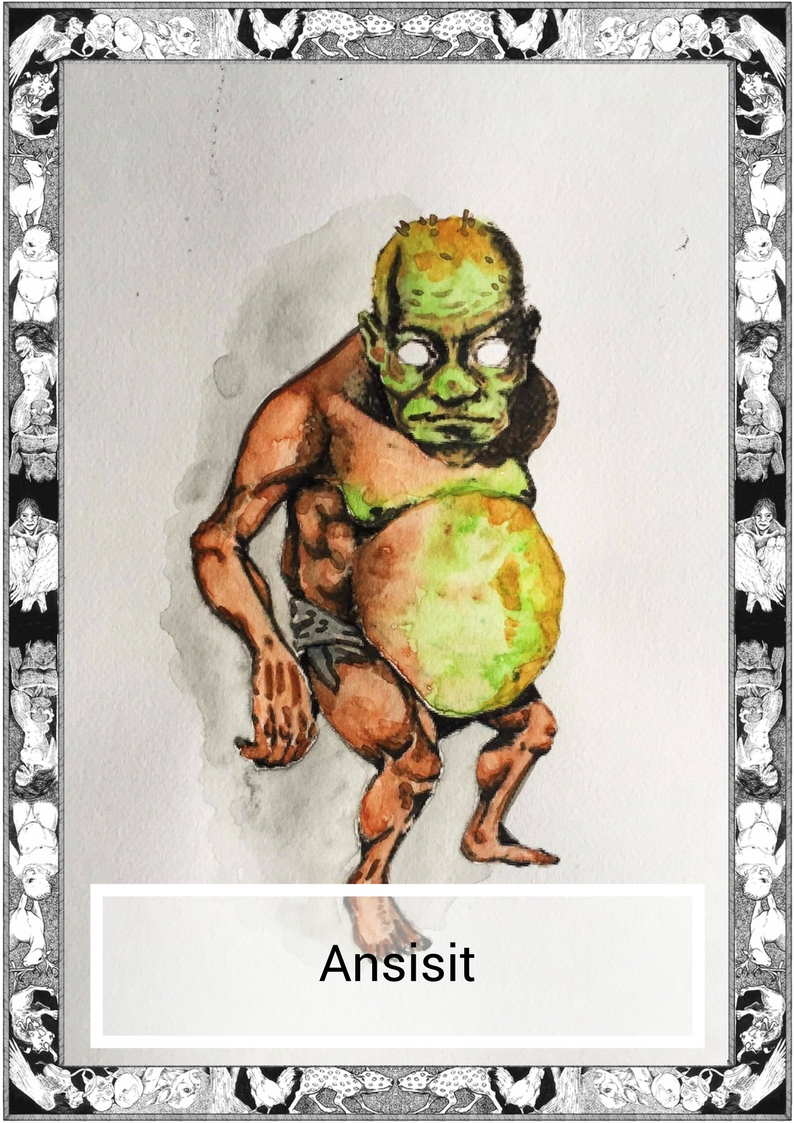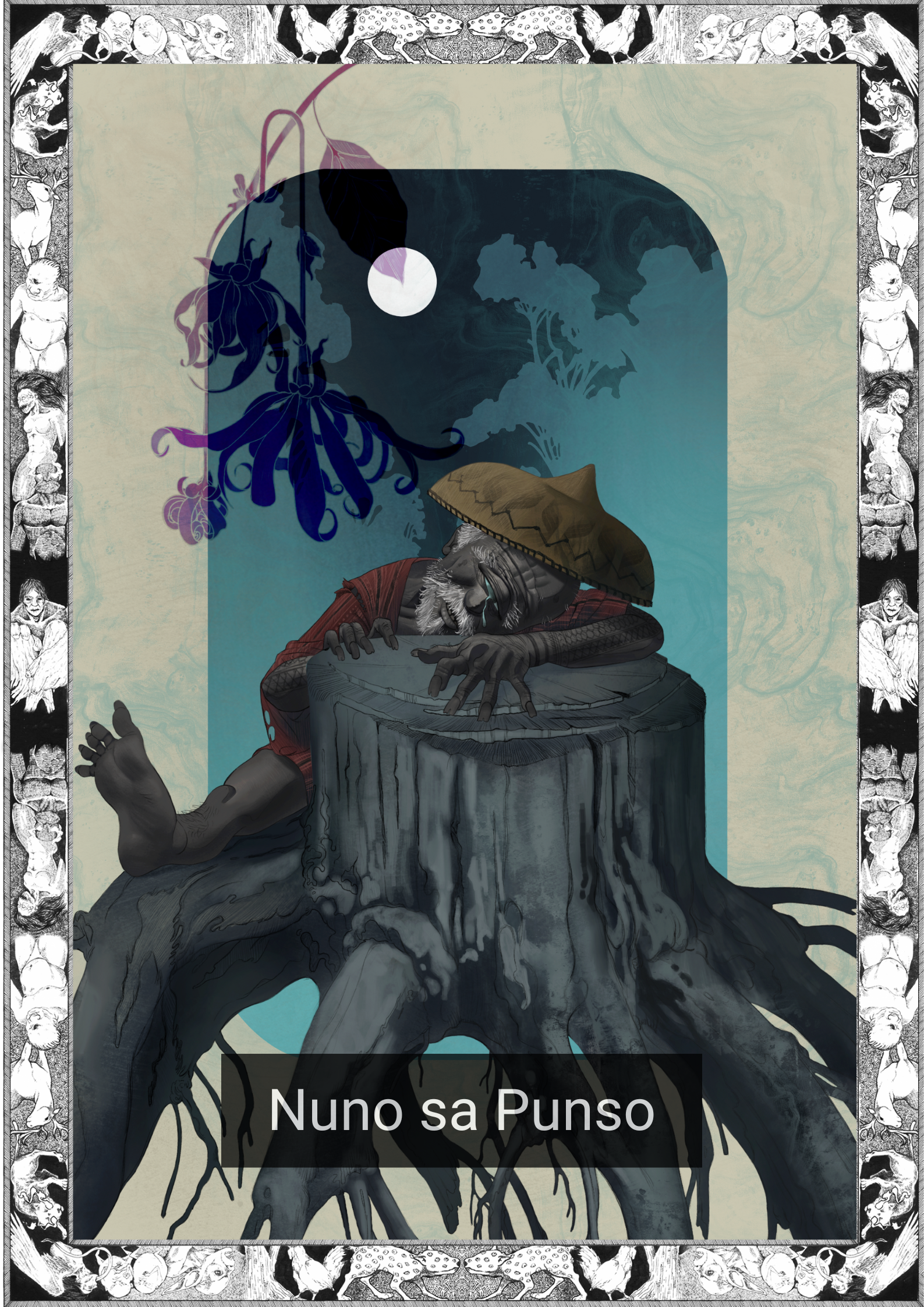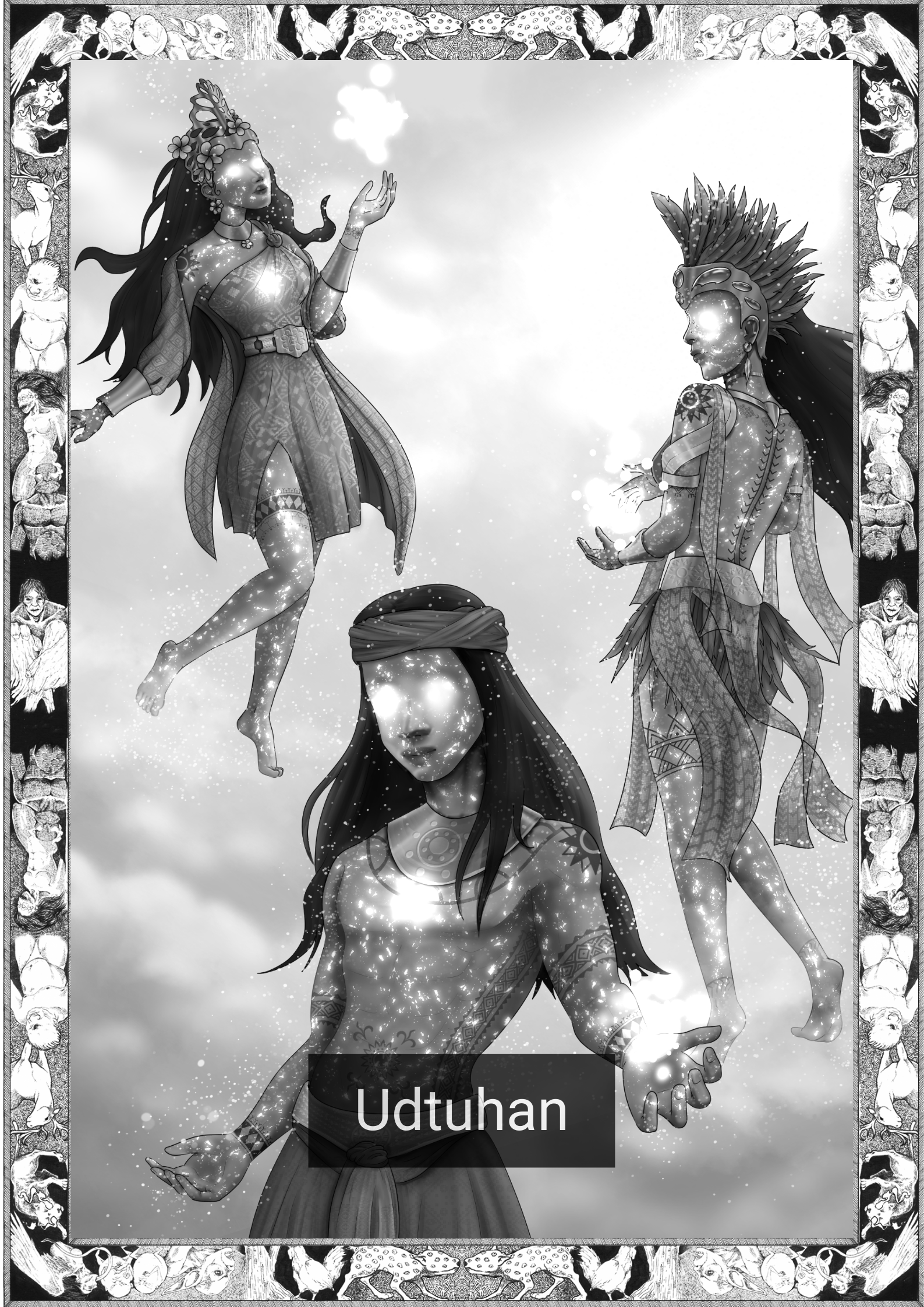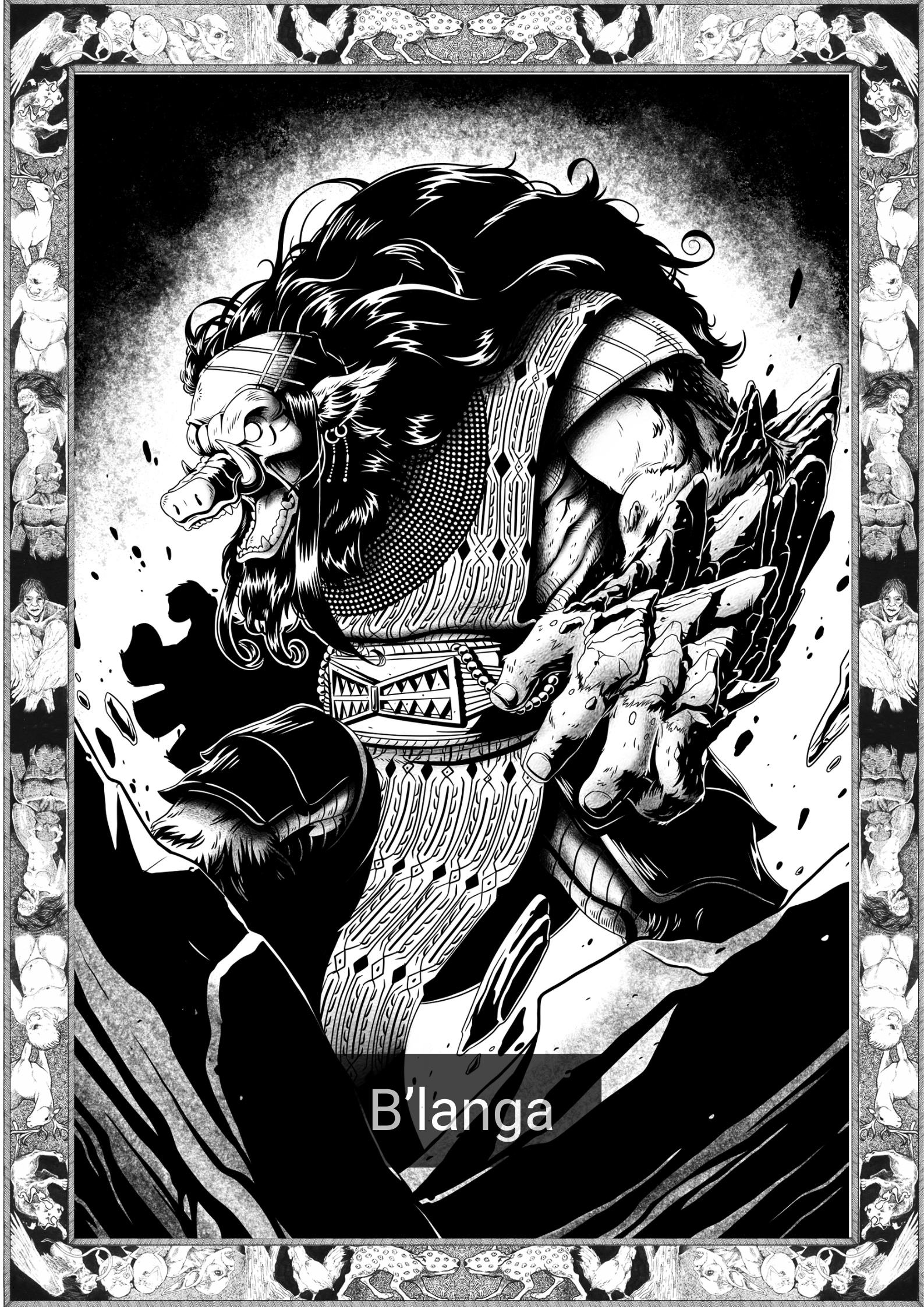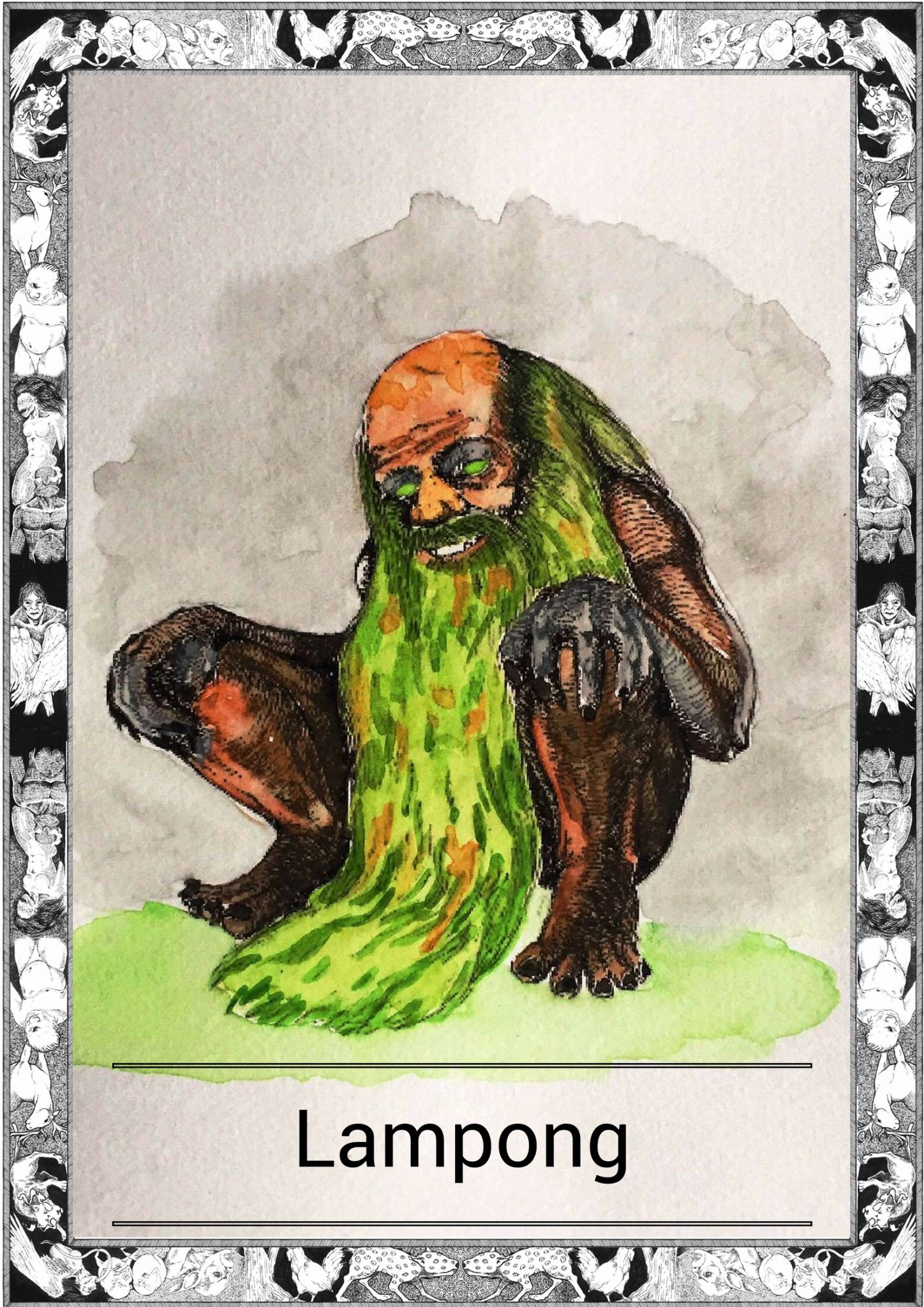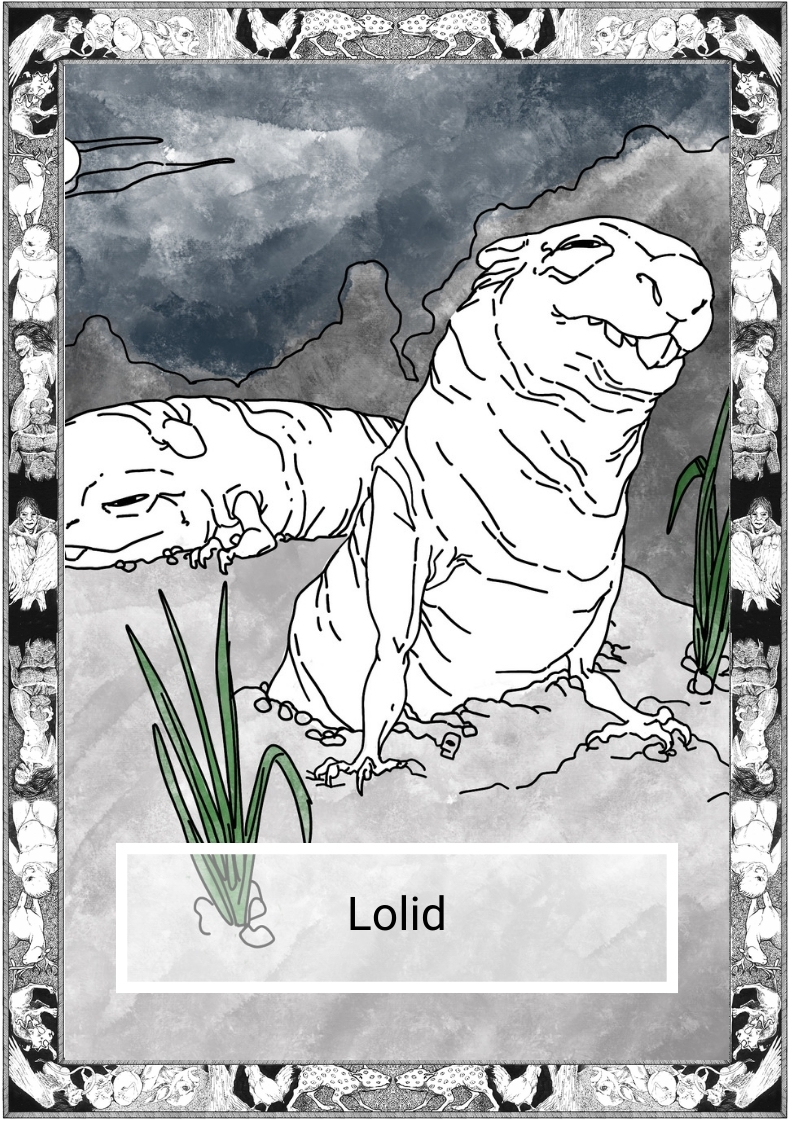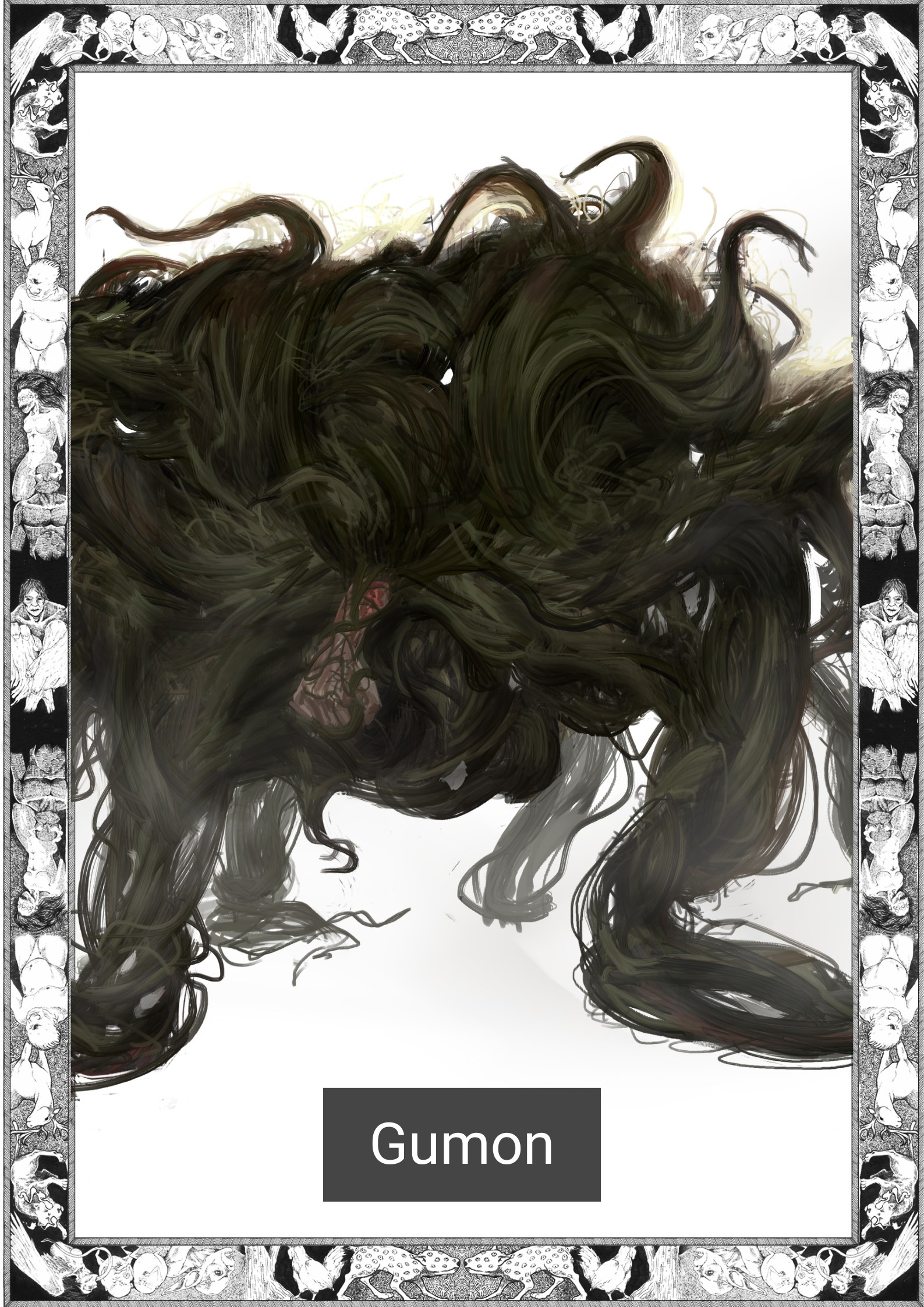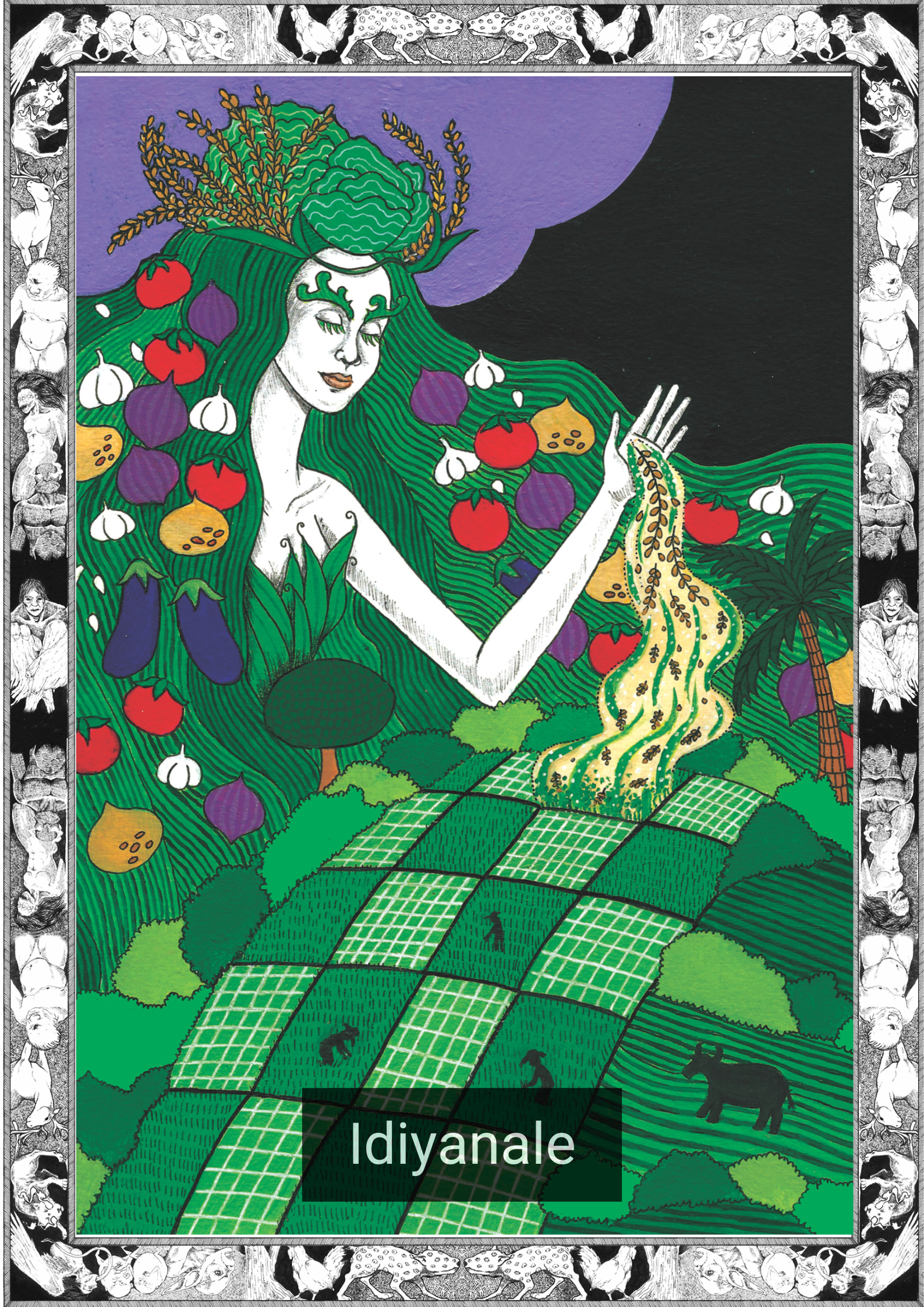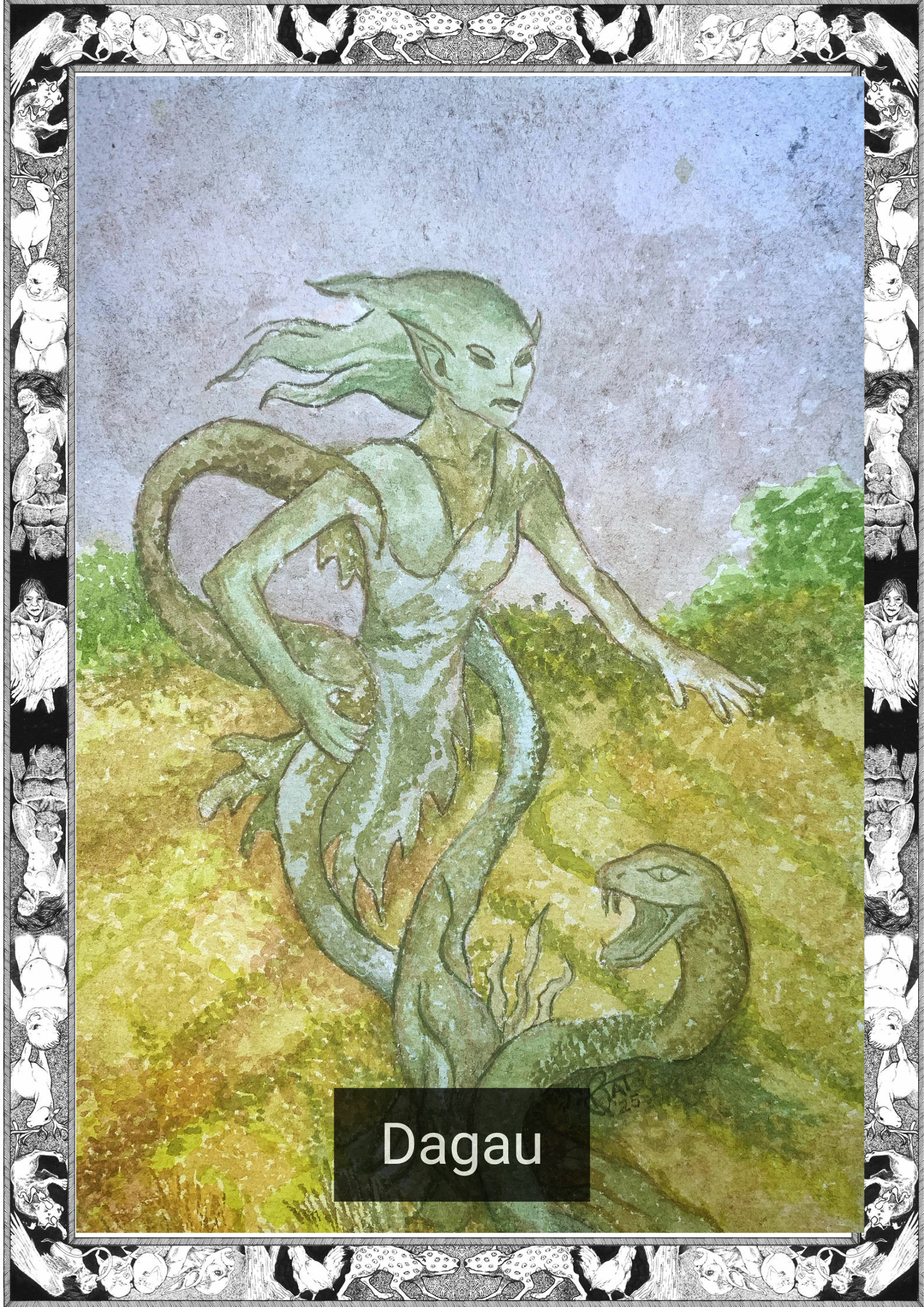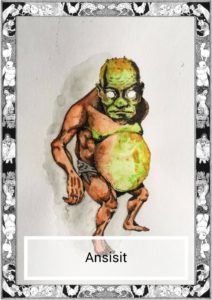
*Note this story is in Bicol-Albay
“Kayu-kayu, madayu kayu.”
“Ngunyan, sabihon mo iyan na sabay kita”
“Kayu-kayu, madayu kayu.”
“Nyan, maray. Pirmi mo iyan tataramon kada maagi kita sa lugar na ini”
“Dai man kita pwede magsigid digdi hadi, mama?”
“Iyo, maray ta narumduman mo. Matalion talaga an aki kong ini!”
“Pero nata ta kaipuhan tang sundon ang mga iyan, mama? Huna ko sadiri ta ining harong?”
“Iyo, iyo satuya ining harong pati ining mga gamit, pero sain nakatugdok ang harong na ini?”
“…sa daga?”
“Uratihon! Ngunyan, an daga, an kinaban, bako satuya asin bako ta pagsadiri”
“Pero huna ko satuya ining daga? Bako satuya ining kaumahan? Buda bako baga digdi ako nagkakawat?”
“Iyo, iyo, binakal ta ining daga buda may mga papel kita na katunayan para duman, pero nagigin kumplikado. Huni, an daga nagin pagsadiri kaito kan ibang…tawo, haloy na panahon pa bago kita nagdigdi, bago pa nagpuon mag-istar an mga tawo digdi”
“Nata dai ta na sana bakalon sainda?”
“May mga bagay na dai mo mababakal ki kwarta. An lugar na ini sainda asin pirming magiging sainda, maski pa man ako buda ika magadan na. Kaipuhan ta pag-adalan pano mabuhay kairiba sinda.”
“Pano kun habo ko? Garo maurihon sinda. Pag dai ta tinaram ini, buda pag naglinig kita sa palibot kan sadiri tang harong, magkakahilang kita. Pano nagin patas ito?”
“…”
“Bako ini man talaga ini marhay asin magayon na sitwasyon maski sisay satuya, pero kaipuhan ta magin mabuot sa lambang saro. Pag mabuot kita sainda, mabuot man sinda satuya. Ngunyan, ano nganeng sasabihon ta?”
“Kayu-kayu, madayu kayu.”
“Nyan, marhay.”
=———————–=
English Version
“Kayu-kayu, madayu kayu.”
“Now say it with me.”
“Kayu-kayu, madayu kayu.”
“Good. Now remember, we always have to say that whenever we pass this place.”
“We also can’t sweep here right mama?”
“Yes, it’s good you remembered. I have such a smart boy!”
“But why do we have to follow these rules mama? I thought this was our house?”
“It is, it’s our place with all our things, but what is the house on?”
“….the ground?”
“Good job! Now the ground and all the earth, doesn’t belong to us.”
“But I thought this was our land? Isn’t this our farm? And isn’t this where I play?”
“Yes, yes, we bought this land, and we have all the papers to prove it, but then it gets complicated. See the land belonged to some other… people, long before we came here, before any humans started a town in this area.”
“But can’t we just buy it from those people?”
“There are just some things you can’t buy with money. This place is their home and always will be, long after you and I are gone. We have to learn to live with them.”
“What if I don’t want to? They seem mean. If we don’t say these things and if we just clean around our house we get sick. How is that fair?”
“How is it fair that they have to share their home with us?”
“…”
“It isn’t an ideal situation for either of us, but we have to learn to be kind to one another. If we are kind to them, they will be kind to us. Now what do we say?”
“Kayu-kayu, madayu kayu.”
“Good boy.”
=—————————-=
Albay Bikol, or simply Albayanon is a group of languages and one of the three languages that compose Inland Bikol. It is spoken in the southwestern coast of Albay, (Pio Duran, Jovellar) and northwestern Sorsogon. The region is bordered by the Coastal Bikol and Rinconada Bikol speakers.
Written by Karl Gaverza
Bicol Translation by Danielle Serrano Dayog
Copyright © Karl Gaverza
Translation Copyright © Danielle Serrano Dayog
Ansisit Illustration by Leandro Geniston from Aklat ng mga Anito
FB: That Guy With A Pen
Watercolor by Catherine Chiu
FB: Wildling Child
IG: https://www.instagram.com/
